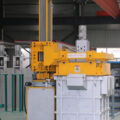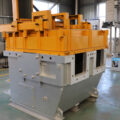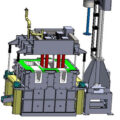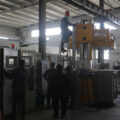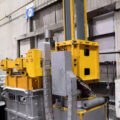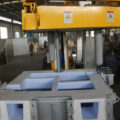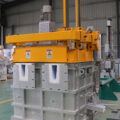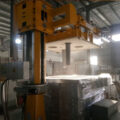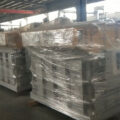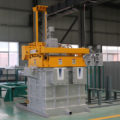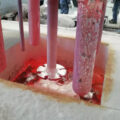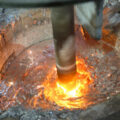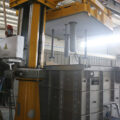The main task of metal degassing is to remove the gas dissolved in the molten metal. To study the source of gas, the dissolution process of gas in metal, and the factors that affect the gas content in molten aluminum, metal degassing equipment and methods are the key to the degassing process of molten aluminum.
Aluminum is one of the alloys most susceptible to contamination by gases and inclusions. This mainly depends on its own characteristics. Hydrogen is the only gas that dissolves in large amounts in the aluminum melt. The solubility of hydrogen in each gram of aluminum in the liquid and solid phases of aluminum is 0.65 cm³ and 0.034 cm³, respectively, which is about 19.1 times the difference. The normal hydrogen content of aluminum per gram of liquid is 0.10~0.40cm.
In the process of heating and smelting, solid and liquid aluminum has a certain ability to absorb H2, O2, and other gases. This property of aluminum is called a getter, and it is one of the important melting properties of metal. Practice has proved that the gas existing in aluminum will adversely affect the properties of aluminum and alloys and the quality of cast-rolled strips. The hydrogen solubility in pure aluminum is the main reason for cast steel with pores and air channels, and even the material embrittles hydrogen. The inclusion of oxygen, nitrogen and their compounds in the material will reduce the process and mechanical properties of the material.

AdTech provides metal degassing equipment for molten aluminum, which can remove hydrogen, gas and other residues in molten aluminum. The inner liner is made of high-silicon melting material, has a good non-stick effect, and no pollution to molten aluminum. The lined spoiler prevents air and oxides from entering the liquid aluminum.
AdTech molten aluminum degassing system is placed between the holding furnace and the casting machine. Nitrogen is blown into the molten aluminum alloy, and then the gas is chopped up by the rotating graphite rotor in the degassing device. Then, a large number of dispersed bubbles are formed so that the liquid aluminum alloy is in complete contact with nitrogen in the processing tank. According to the principle of air pressure difference and surface adsorption, the bubbles absorb hydrogen and oxidized slag. The bubbles then rise to the surface of the melt to form scum. Then, the molten aluminum alloy flows from the outlet of the degassing unit to the casting machine. The liquid aluminum alloy continuously enters the degassing device, and nitrogen is continuously blown in. Through this purification process, the degasser can achieve the purpose of purifying aluminum alloy.

